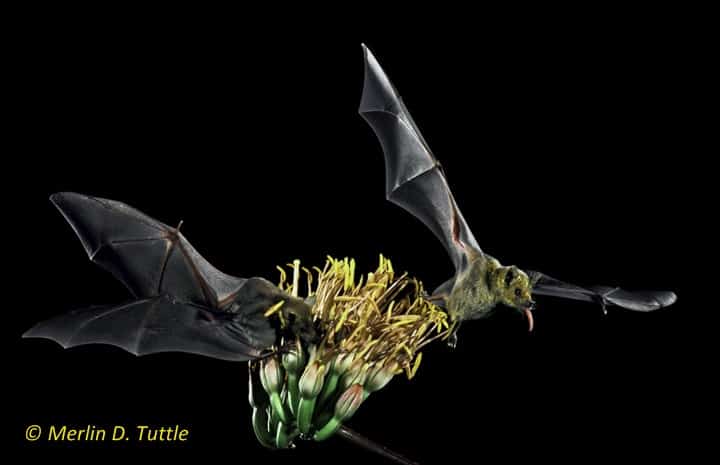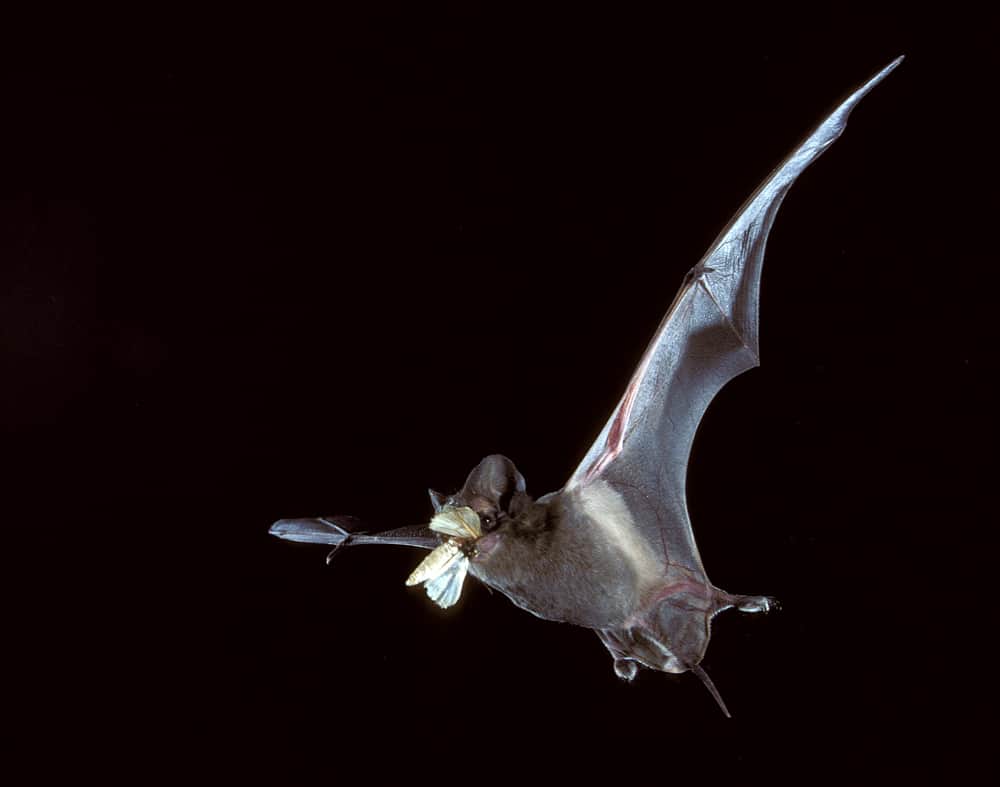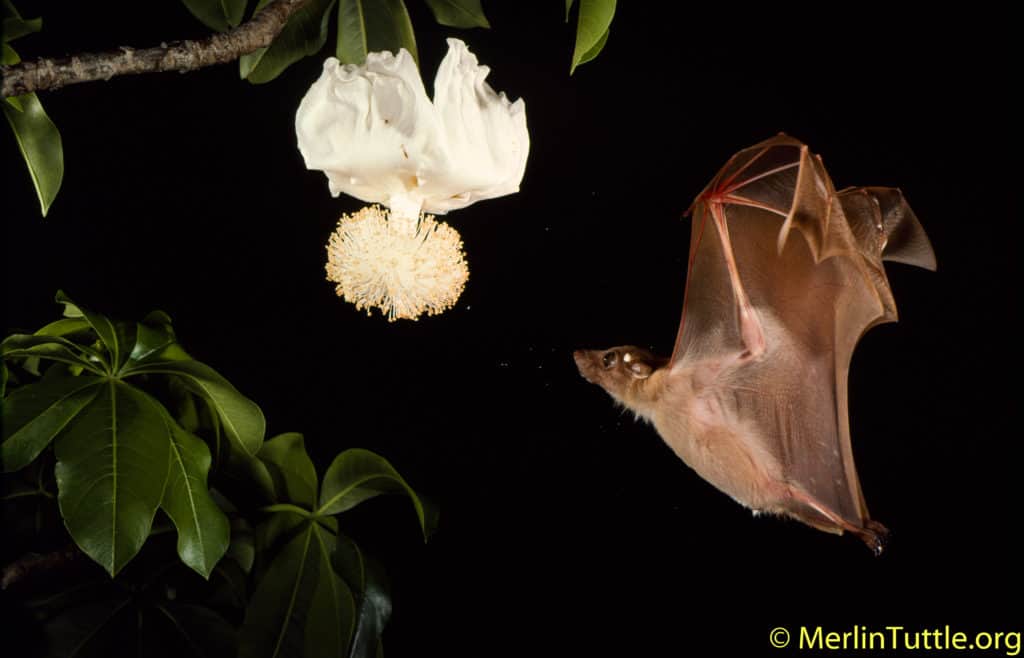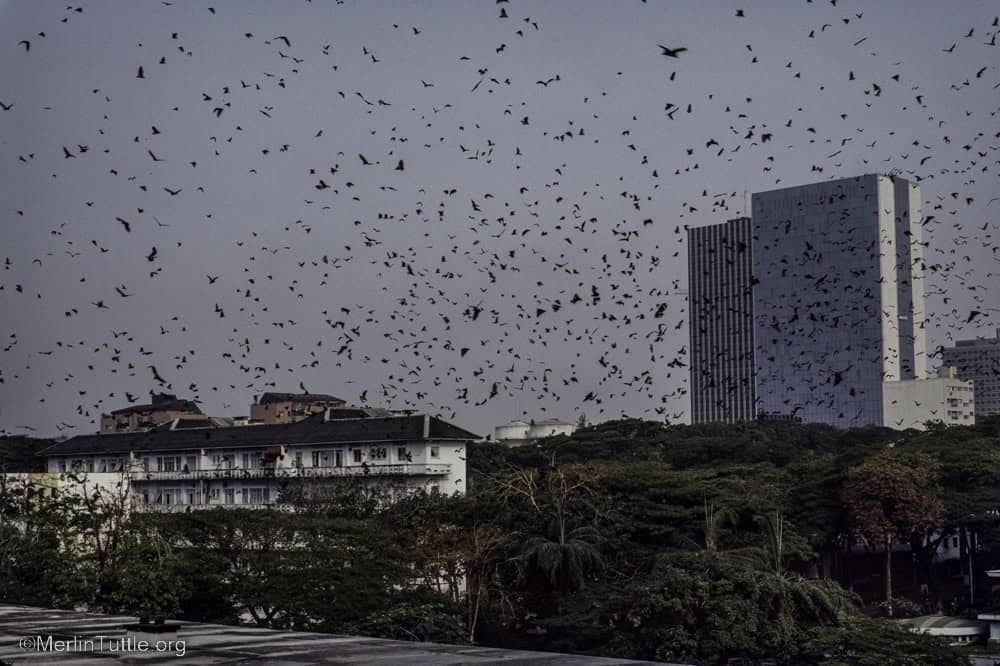This summer saw the worst avalanche of grossly exaggerated disease speculation ever launched against bats. While seemingly countless publications world-wide needlessly frightened millions of readers, Mongabay journalist, John Cannon, investigated and bravely countered the tide in his article, “Bats and viruses: Beating back a bad reputation,” published August 29.
Mongabay is one of the world’s leading environmental websites. It reaches 28 million readers in nine languages annually, making its defense of bats especially helpful at a time when bats are facing so much scary misinformation. We’ve listed actions you can take to share your thanks at the end of this post.



This summer’s negative campaign began with publication of a seemingly benign paper in Virus Evolution, titled “Global patterns in coronavirus diversity.” However, it soon spawned author interviews and titles like “Bats are global reservoir for deadly coronaviruses” in the news section of the journal Nature. Then, “Where will the next Pandemic come from? Likely from bats,” in The Wall Street Journal and “Bats are the number one carriers of disease” in Time. Not even the Austin American-Statesman (which supports a bat mascot and bat viewing area at the famous Congress Avenue Bridge) could resist! Its story was titled, “Bats could be source of next pandemic. The Mongabay article includes a link to my response.
Our relationship with Mongabay editor, Rebecca Kessler, began when our loyal “bat fans” politely informed her that, Mongabay’s well-intended April 27, 2016 article, titled “Bat mortality no longer sustainable, global review finds,” contained misleading information regarding bats as sources for scary diseases. She promptly thanked us and published a correction.

We now especially thank Rebecca, not only for Mongabay’s current article in defense of bats, but also for publishing Mike Gaworecki’s August 14, 2017 article, titled “Nearly one-third of bat species in North America are on the decline.” The article reported that scientists at NatureServe, an international biodiversity NGO, have determined bats to be the most threatened warm-blooded animals in North America.
TAKE ACTION!
Choose any or all means of contact to reach out and share your THANKS for this positive press in your own words.
Email the editor. Be sure to include the article and author information.
- editor, Rebecca Kessler, rebecca@mongabay.org
- author, John Cannon, john@johnccannon.com, @johnccannon
- article, Bats and viruses: Beating back a bad reputation
Thank them and share the article link on Facebook and Twitter
Add Feedback for John Cannon, the author
Add comments at the bottom of the article
